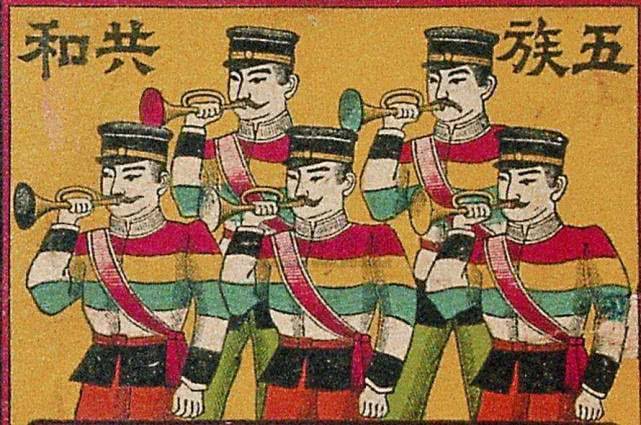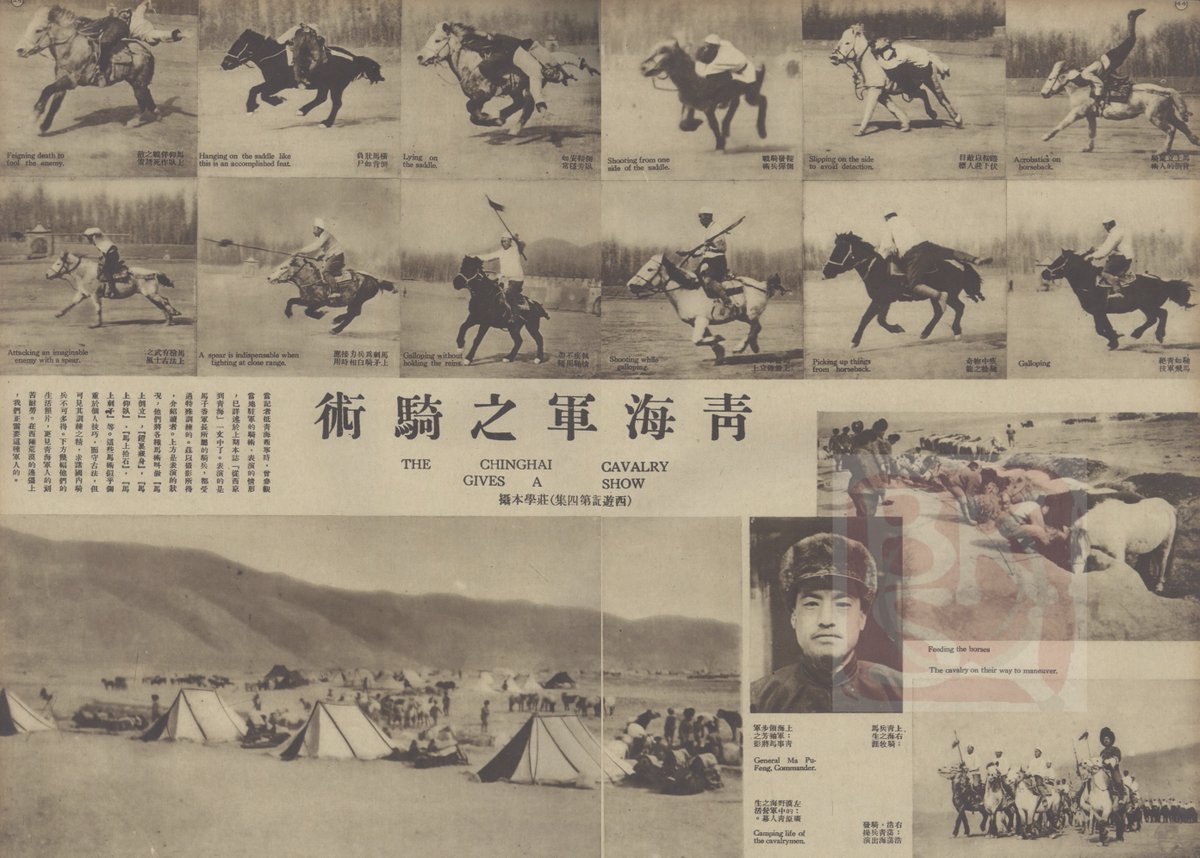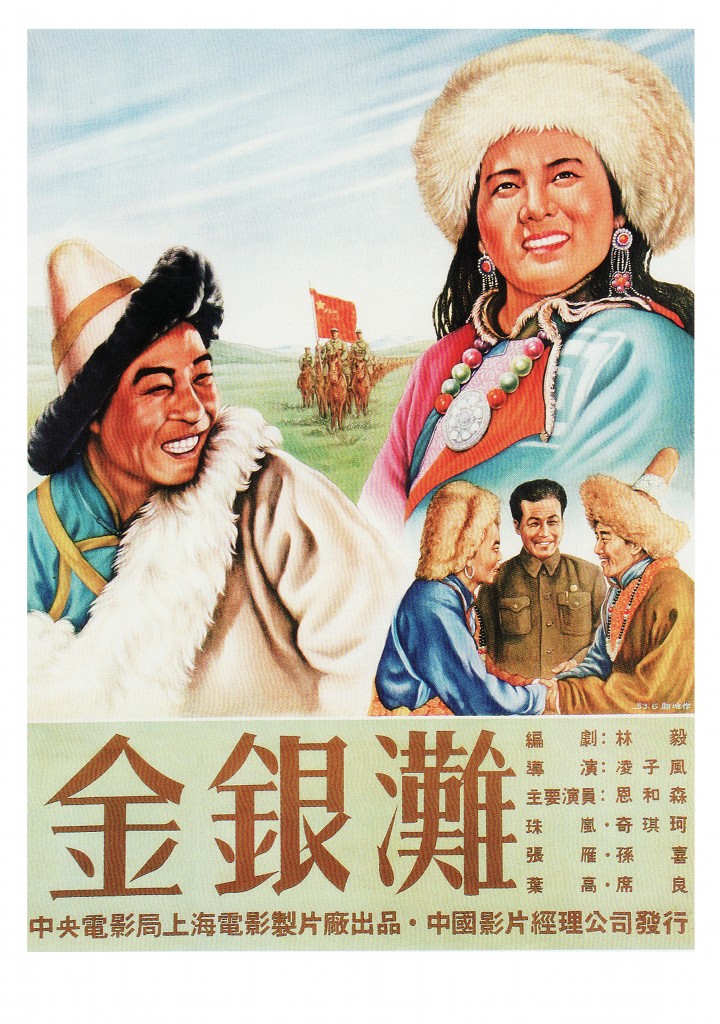
🧵4 by @BennoWeiner for #TweetHistorians @HistoryCMU
In recent years, China under Xi Jinping seems to have embraced a "second-generation ethnic policy," the latest iteration of a century+long effort to find a formula that can forge a nation-state out of the ashes of empire. 1/
In recent years, China under Xi Jinping seems to have embraced a "second-generation ethnic policy," the latest iteration of a century+long effort to find a formula that can forge a nation-state out of the ashes of empire. 1/

Since the 1911 revolution that toppled the Manchu Qing Empire, Chinese statesmen no matter their political stripes have been near unanimous in claiming the territorial extent of the old empire as natural boundaries of the new nation. 1/ 

But they've disagreed on how to do so. After all, on what basis might people whose main connection had been that they were subjects of the same sovereign now agree to form a horizontal political community- a nation? 2/ 

To simplify, Republican leaders sought to blunt the danger diversity posed to the idea of the nation-state by arguing that the various peoples of China were unified through common decent: "5 races as 1 family" or as Chiang Kai-shek claimed, branches of a single tree. 3/ 

But, to paraphrase Joseph Esherick, these discourses had limited appeal b/c they weren't convincing or attractive to (many) non-Han communities. In fact, the 13th Dalai Lama of Tibet and 8th Jestundamba of Mongolia quickly declared themselves heads of new independent nations. 3/ 



Assailing the KMT's ethnic policies as exploitative and assimilationist, after 1949 the CCP made diversity explicit by dividing its population into what eventually would become 55 legally recognized minority groups (minzu) and the Han majority. As I argued in 🧵3 and my book...4/ 

the CCP insisted that its progressive policies of autonomy, equality, and socialist prosperity would repair damage done by past regimes to the multi-minzu nation and lead 'gradually, voluntarily, and organically' to 'patriotic unity.' 5/ 

Whether this was workable became moot when revolutionary impatience set in and relative moderation gave way to programs of coerced assimilation. A short-lived recommitment to pluralism in the 1980s sought to renew the promises made to 'minorities' in 1949. Too little, too late.6/
Following riots in Lhasa and the fall of the Soviet Union, the CCP tried winning 'minority' loyalty through economic development, raising living standards but also further disempowering local communities thru demographic change, control of capital+political resources, etc. 7/
Following an uprising in Tibet in 2008 (& the self-immolation of 160+ Tibetans after) and 2009 riots in Urumqi, advocates for a 2nd generation ethnic policy began to blame the ethnic framework upon which the PRC was founded, one that promised integration through the... 8/ 

recognition of difference, as the reason many non-Han have yet to embrace their identity as loyal Chinese citizens and could even lead to Soviet-style collapse. Building on this logic, XJP has called for forging a “communal consciousness” through “great ethnic fusion." 9/
Leading @jleibold to warn of a “new virulent form of cultural nationalism" that views minority identity as "an existential threat to the Party and the nation.” This helps explain the horrific state violence currently being committed in Xinjiang, 10/
tinyurl.com/ymkp9ayh
tinyurl.com/ymkp9ayh
but also broader acts of repression against non-Han communities, such as the “sinification” of Hui Muslim mosques and the likely end of education in minority languages, all efforts to subjugate non-Han identity and complete the transition from empire to nation. 11/
-BW
-BW
• • •
Missing some Tweet in this thread? You can try to
force a refresh














